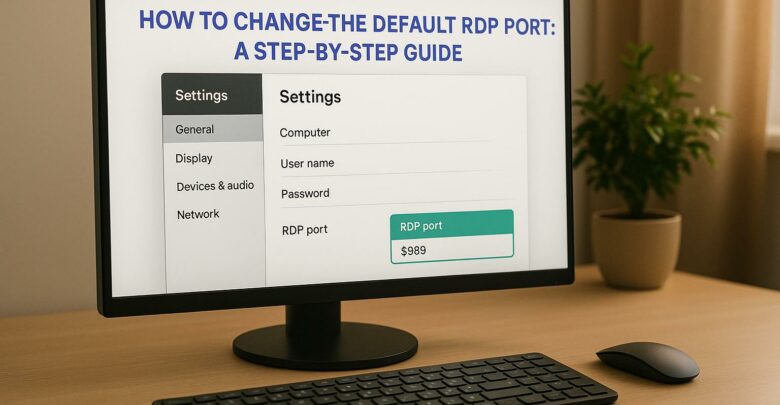
Learn how to change the default RDP port to enhance security and reduce exposure to attacks. Understand the limitations and necessary precautions.
Explore Windows 10/11 virtual desktops
Real-World Applications of flexidesktop
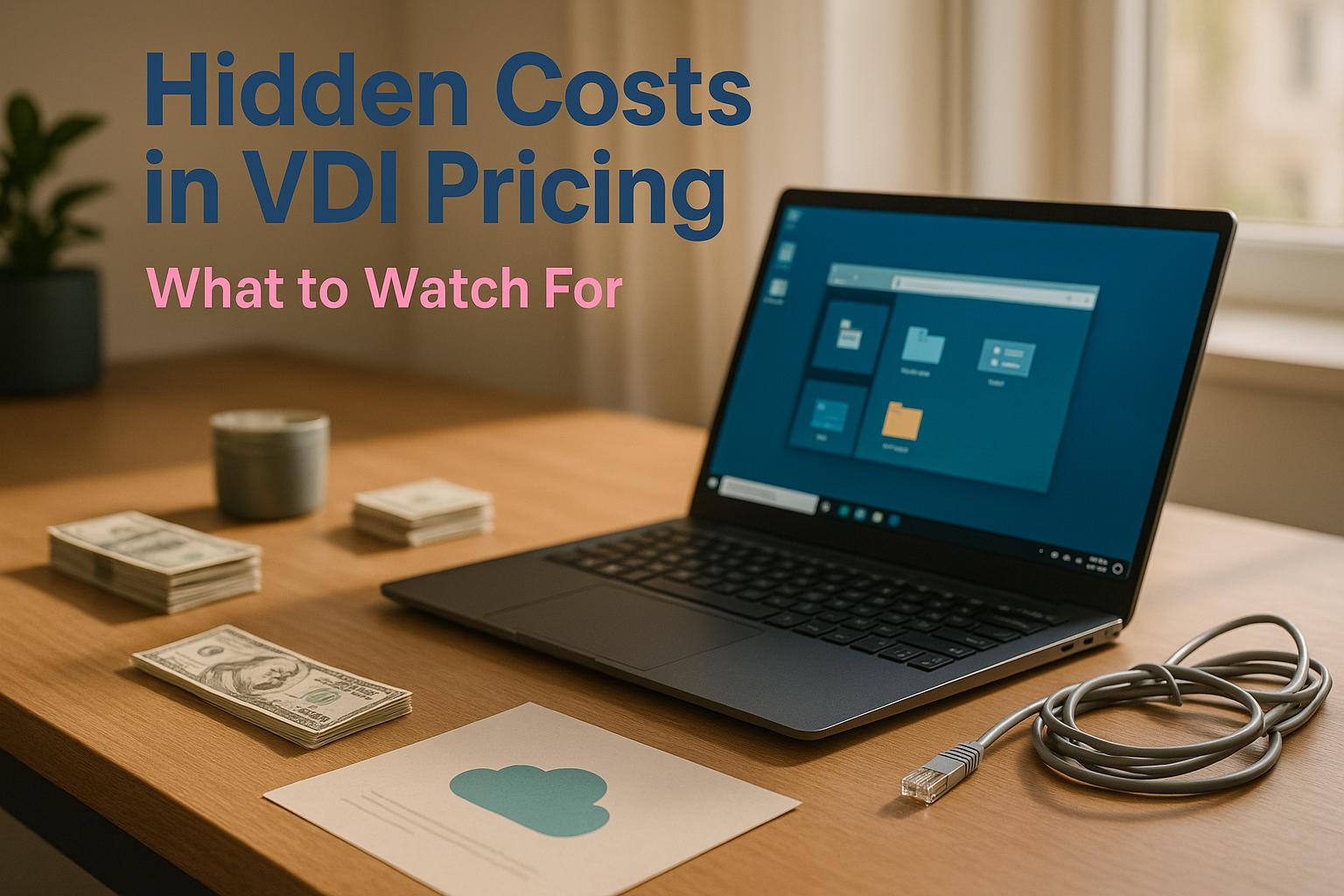
Virtual Desktop Infrastructure (VDI) might seem cost-effective at first glance, but hidden expenses can significantly impact your budget. Here’s what you need to know:
| Cost Factor | On-Premises VDI | Amazon WorkSpaces | Azure Virtual Desktop | flexidesktop |
|---|---|---|---|---|
| Initial Setup | $1M+ (1,000 desktops) | No upfront cost | No upfront cost | No upfront cost |
| Monthly Cost | Varies (high) | $66.24+ (usage-based) | $69.12+ (usage-based) | $39 (fixed) |
| Scaling | Inefficient, costly | Usage-based scaling | Usage-based scaling | Fixed upgrade paths |
| Support & Maintenance | Self-managed | Additional (paid) | Additional (paid) | Included |
Key Takeaway: To avoid unexpected costs, evaluate all pricing factors, including licensing, scaling, and support. flexidesktop offers the most predictable pricing, while cloud solutions like Amazon WorkSpaces and Azure Virtual Desktop provide flexibility but can lead to fluctuating expenses.
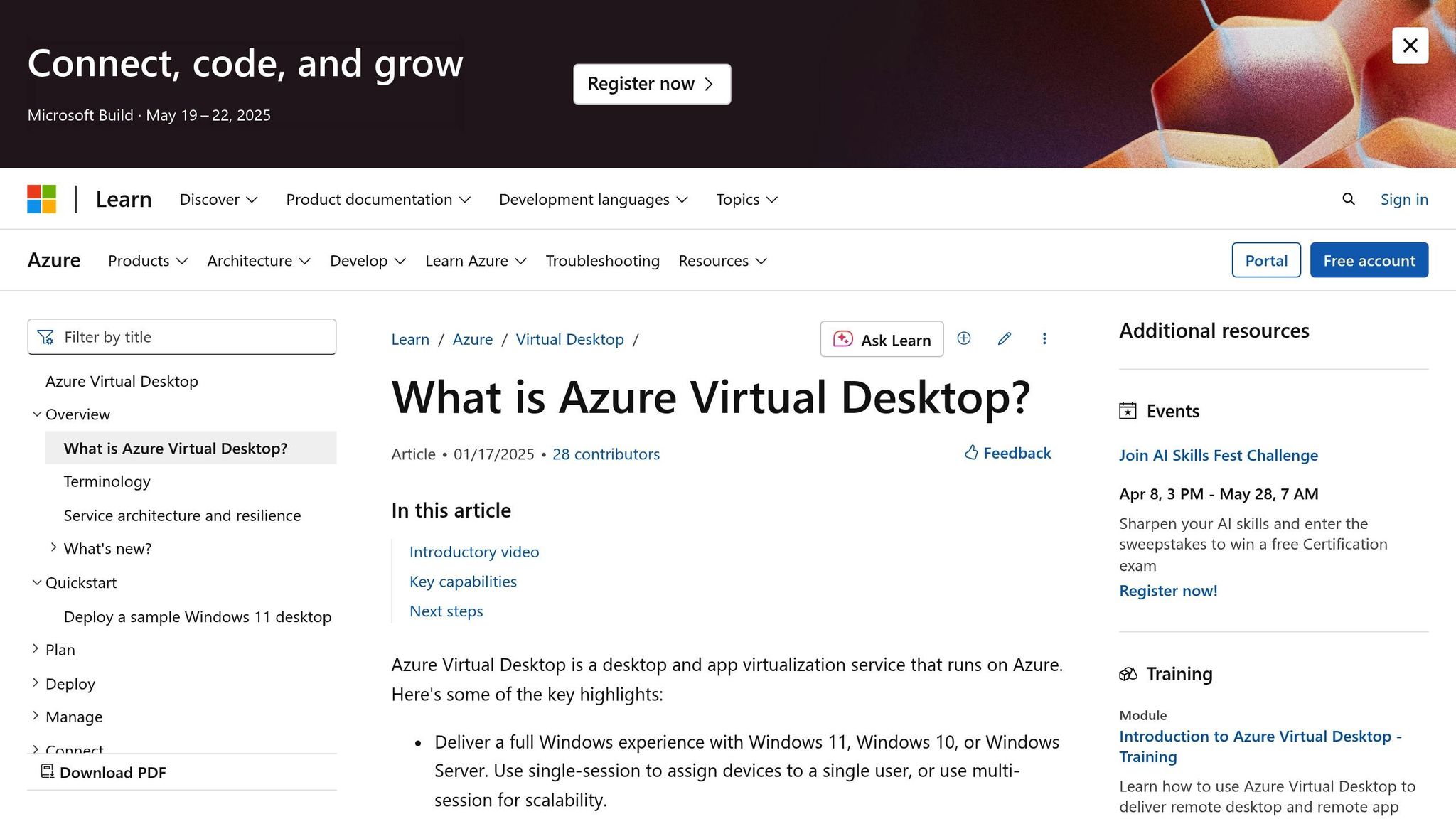
Setting up an on-premises Virtual Desktop Infrastructure (VDI) often comes with costs that aren’t immediately obvious. For instance, maintaining a local VDI setup requires about $2,000 per 42U rack each month just to cover power, cooling, and physical space requirements [4]. And that’s just the starting point – administrative tasks and other factors quickly add to the bill.
Managing the infrastructure is a significant expense on its own. Each server requires around 0.2 weekly hours of administration, while storage systems demand about 1 hour per week. With IT administrators earning an average of $150,000 annually (roughly $75 per hour), these tasks can become a notable financial burden [4].
Licensing adds another layer of complexity – and cost.
"Licensing a Windows desktop OS VM on a server is licensed per accessing device. Windows VDA is the license rights to access a Windows desktop OS on server." – Chris Le Texie, Former Microsoft brand representative [7]
For enterprise-scale deployments, licensing fees can be steep. Traditional VDI setups, for example, may cost $1,000,000 for 1,000 desktops over a five-year period [7].
Security is another area where costs can spiral. The average cost of a data breach is around $4.24 million, and incidents involving remote work environments tack on an extra $1.07 million [5]. Maintenance expenses, including regular updates and security measures, further add to the overall financial commitment.
Scaling on-premises VDI systems is often inefficient. To handle peak loads, organizations frequently overprovision resources, even if those resources remain underutilized most of the time. This practice can inflate implementation costs by an estimated 35–40% [2]. Poor resource allocation hits budgets hard, but with proper planning, savings are possible. For instance, a Cisco-based VDI deployment for 2,500 desktops saved $2 million over three years by optimizing capacity planning [3].
To manage these costs effectively, consider the following:
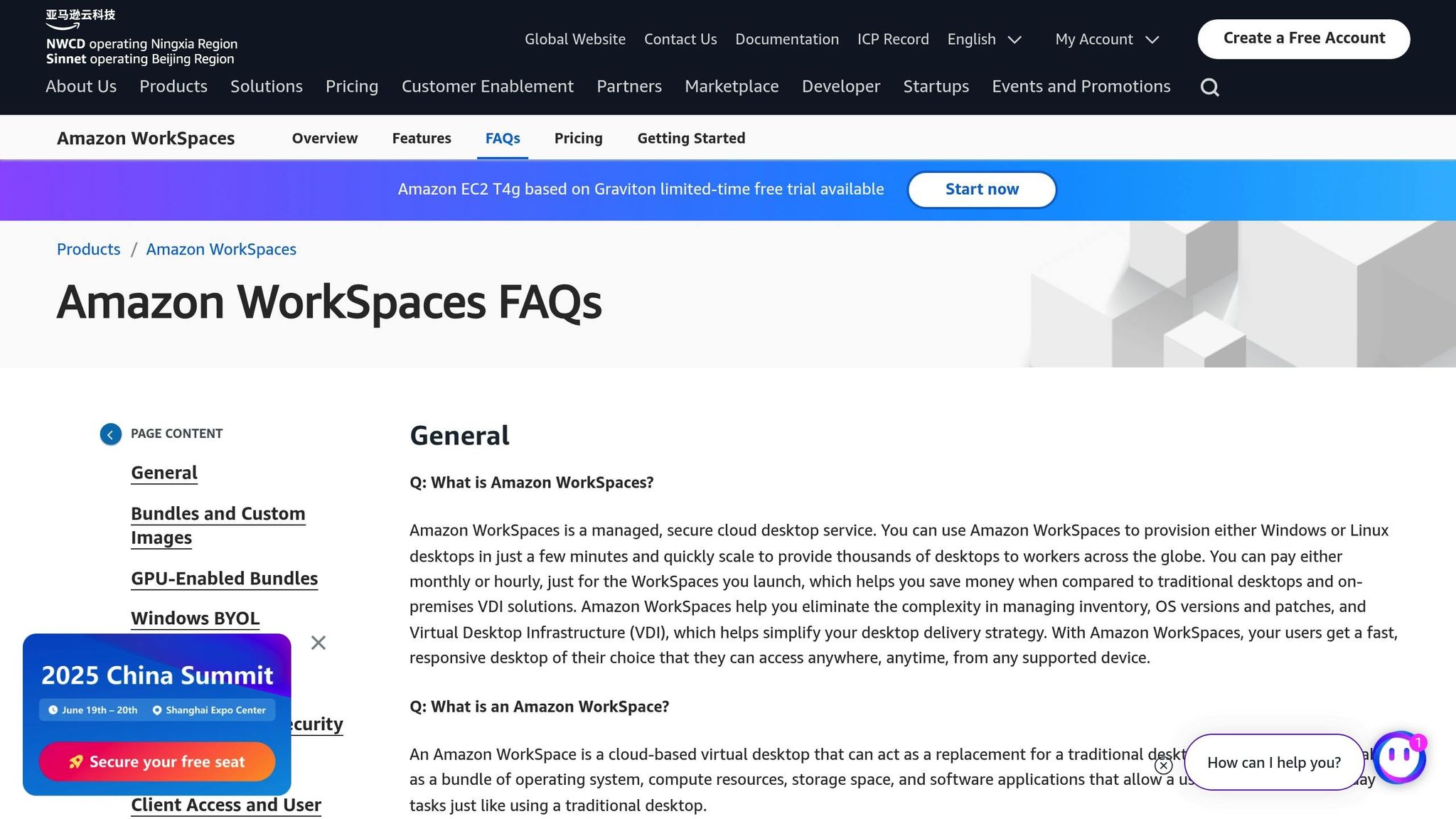
When evaluating cloud-based VDI solutions like Amazon WorkSpaces, it’s essential to look beyond the base pricing. While the upfront costs may appear simple, there are several additional factors that can significantly influence your total expenses. This section dives into those hidden costs, complementing the earlier breakdown of on-premises expenses by shedding light on cloud-specific pricing details.
One often-overlooked expense is data transfer fees, especially when WorkSpaces are used across different AWS regions. For example, creating an EBS snapshot costs $0.01/GB in the US East (N. Virginia) region and $0.02/GB in other regions. Storage for these snapshots adds another $0.05/GB per month to your bill [9]. The first snapshot transfers all data to Amazon S3, while subsequent snapshots only store changes, helping to reduce costs but still adding up over time [9].
Software licensing can be a sneaky addition to your total cost. For instance, if you opt for the Microsoft Office Professional Plus bundle with BYOL (Bring Your Own License) WorkSpaces, you’ll pay an extra $14.75 per user, per month [10]. This fee is on top of the standard infrastructure costs, making it a key consideration for budget planning.
Amazon WorkSpaces offers both hourly and flat-rate billing options, but choosing the wrong plan can lead to unnecessary expenses. For users who exceed 80 usage hours per month, the flat monthly rate becomes more cost-effective than hourly billing [10].
To keep costs under control, consider these strategies:
Here’s a quick look at the main cost factors and their potential hidden fees:
| Cost Factor | Standard Rate | Hidden Considerations |
|---|---|---|
| Data Transfer | $0.01 – $0.02/GB | Fees vary by region; cross-region transfers add costs |
| EBS Snapshots | $0.05/GB per month | Incremental backups reduce data volume but still add up |
| Software Licensing | $14.75/user per month | Extra costs for application bundles like Microsoft Office |
| Usage Billing | Varies | Flat rate is better after 80 hours of monthly usage |
These insights help clarify the true cost of Amazon WorkSpaces, setting the stage for comparisons with other leading VDI platforms in the next section.
Azure Virtual Desktop (AVD) comes with some hidden costs that can significantly affect your overall expenses. Grasping these less obvious charges is key to effective budget planning and keeping costs under control.
Inefficient resource allocation often leads to unexpected costs. For instance, virtual machine instances can become a major expense if session hosts are not properly scaled, resulting in idle compute charges. A great example is Sage, which managed to cut its virtual machine costs by 60% by implementing dynamic autoscaling. This allowed them to scale from 200 to over 1,000 users without adding to their IT team’s workload [13].
Storage costs can spiral out of control due to several factors. Here’s a breakdown:
| Storage Component | Cost Drivers | Optimization Tips |
|---|---|---|
| User Profiles | Unused profiles, browser caches | Regularly clean up profiles |
| Azure Files | Overprovisioning | Use Azure alerts to monitor usage |
| AVD Images | Redundant backups | Retain backups for only the last 3 months |
| Redundancy Settings | Unnecessary geo-redundancy | Review and adjust redundancy levels |
To manage AVD expenses effectively, consider these approaches:
These strategies are a solid starting point for tackling network and security-related expenses.
Network egress charges can quickly add up when users access data or applications from the AVD environment, especially with high data transfer volumes. Similarly, security management costs can escalate if manual processes are used. Automating these tasks is a smart way to keep expenses in check [13].
To fully understand network and security costs, you need to take a proactive approach. While Azure’s native tools provide insights into historical spending, monitoring usage in real-time is essential for effective cost management.
Azure Virtual Desktop pricing can be complex, which makes detailed planning and continuous optimization a must. In the next section, we’ll dive into a cost comparison matrix to help you evaluate various VDI solutions.
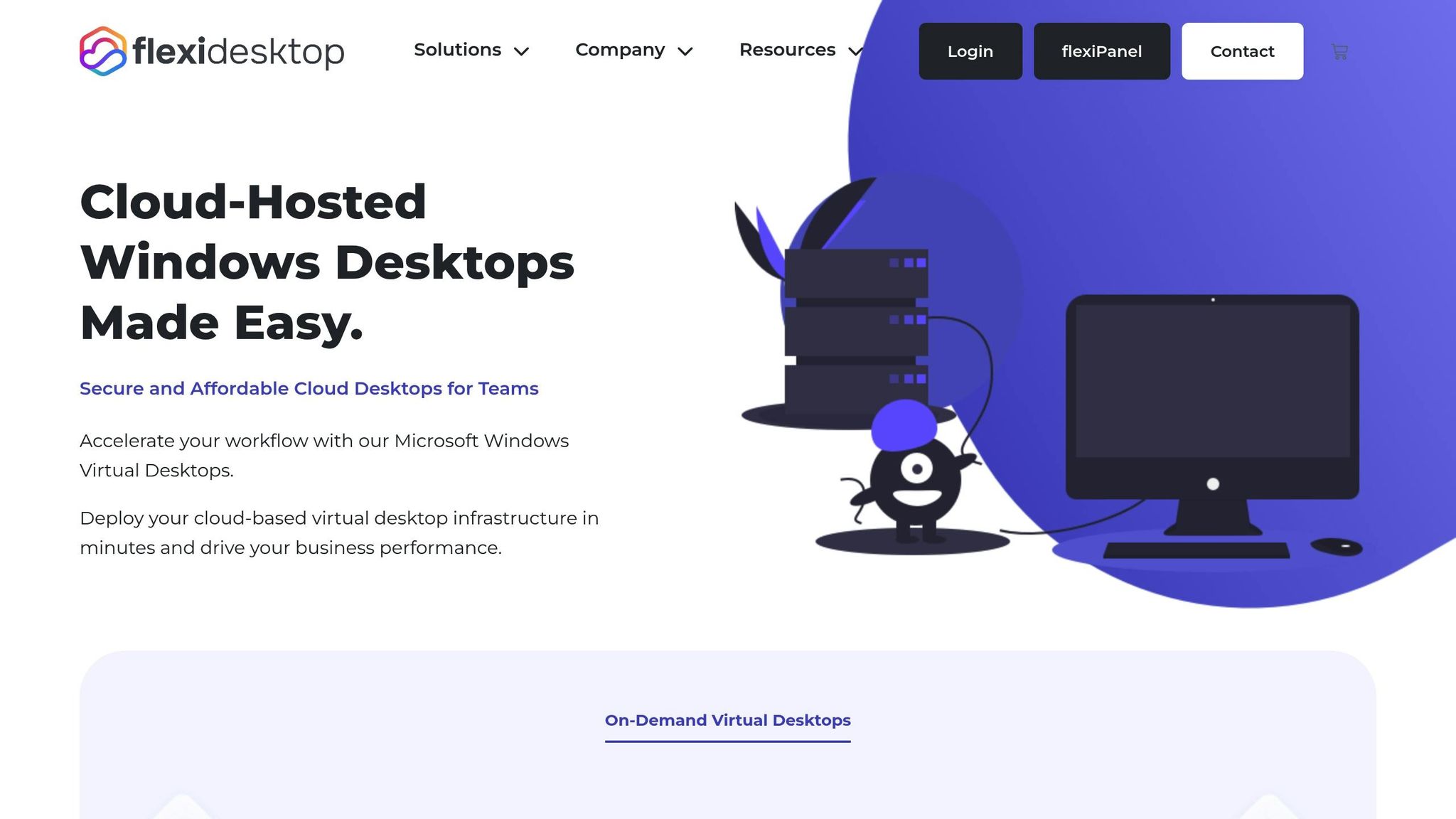
When comparing the often hidden costs of on-premises and cloud VDI solutions, flexidesktop stands out with its straightforward and predictable pricing. Unlike other models that can be riddled with variable and unclear expenses, flexidesktop offers a transparent, fixed monthly cost structure.
flexidesktop provides fixed resource allocations based on the selected plan, ensuring clear expectations for both cost and performance:
| flexidesktop Plan | Monthly Cost | Resource Allocation | Included Features |
|---|---|---|---|
| XS | $19 | 1 vCPU, 2GB RAM, 40GB SSD | Windows 10/11, Daily Backups |
| S | $29 | 2 vCPU, 4GB RAM, 40GB SSD | Windows 10/11, GPU option available in select European data centers |
| M | $39 | 3 vCPU, 8GB RAM, 80GB SSD | Windows 10/11, GPU option available in select European data centers |
| L | $59 | 4 vCPU, 16GB RAM, 80GB SSD | Windows 10/11, GPU option available in select European data centers |
| XL | $109 | 8 vCPU, 24GB RAM, 120GB SSD | Windows 10/11, GPU option available in select European data centers |
flexidesktop is designed with features that help businesses cut costs while maintaining performance and reliability:
While the base plans cover most needs, there are optional add-ons for additional flexibility:
Considering that system downtime can cost organizations up to $1 million per thousand users per hour [17], flexidesktop’s reliable infrastructure and rapid deployment capabilities offer peace of mind while keeping costs under control.
This matrix provides a side-by-side comparison of key VDI cost components and their impact on total cost of ownership (TCO).
| Cost Component | On-Premises VDI | Amazon WorkSpaces | Azure Virtual Desktop | flexidesktop |
|---|---|---|---|---|
| Initial Setup | $1M+ (1,000 desktops/5 years) [7] | No upfront cost | No upfront cost | No upfront cost |
| Hardware Requirements | High (servers, storage) | None | None | None |
| Network Infrastructure | Significant investment required | Included | Included | Included |
| Deployment Time | Several months | A few days | A few days | Rapid deployment |
The upfront costs for on-premises VDI are substantial, especially in terms of hardware and network infrastructure. In contrast, cloud-based solutions like Amazon WorkSpaces, Azure Virtual Desktop, and flexidesktop eliminate these initial investments and offer much faster deployment.
| Solution | Base Cost |
|---|---|
| Amazon WorkSpaces | $0.092/hour ($66.24/month) [19] |
| Azure Virtual Desktop | $0.096/hour ($69.12/month) [19] |
| flexidesktop M Plan | $39/month (fixed) |
Monthly costs vary significantly, with flexidesktop offering a fixed, predictable rate, while Amazon WorkSpaces and Azure Virtual Desktop are usage-based, which can fluctuate depending on hours of operation.
Beyond the base pricing, scalability and support costs can add up over time.
Resource Scaling
Support and Maintenance
| Service | Technical Support | Maintenance | Updates |
|---|---|---|---|
| On-Premises | Internal IT team + vendor contracts | Self-managed | Self-managed |
| Amazon WorkSpaces | Additional (paid) | Included | Included |
| Azure Virtual Desktop | Additional (paid) | Included | Included |
| flexidesktop | Included | Included | Included |
Cloud solutions generally include maintenance and updates, while on-premises setups require dedicated IT resources and vendor contracts for support.
A case study from June 2023 analyzed monthly costs for 10 finance users [18]:
Over three years, organizations reported savings of 45.6% compared to legacy systems [1]. Key cost reductions included:
Recent platform ratings highlight user experiences [20]:
These insights provide a foundation for strategic cost planning, which will be explored further in the next section.
Before diving into Virtual Desktop Infrastructure (VDI) implementation, it’s crucial to evaluate your current setup and anticipate future needs. Without proper planning, licensing costs can spiral out of control. A thoughtful approach helps keep expenses in check.
Resource and License Management
To set the foundation for effective cost management, consider these steps:
These measures lay the groundwork for effective cost control, which we’ll explore further.
Managing costs effectively requires a combination of monitoring, optimization, and smart resource allocation. Here’s how:
| Strategy | Implementation | Outcome |
|---|---|---|
| Resource Monitoring | Use automated monitoring tools | Avoid overprovisioning |
| Consumption Management | Set up self-service cloud centers | Keep cloud spending in check |
| Infrastructure Optimization | Leverage application virtualization | Lower overall infrastructure costs |
By addressing these core areas, you can keep spending under control while preparing for future scalability.
When it’s time to expand, careful planning ensures costs remain predictable. Keep these tips in mind:
Organizations that follow these practices have reported savings of 45.6% over three years [1], including:
Sustained cost efficiency requires ongoing adjustments and monitoring. Here’s how to stay on track:
For added predictability, flexidesktop’s fixed pricing model eliminates the guesswork of usage-based pricing. This approach ensures transparency, helping you manage costs effectively throughout the VDI lifecycle.
When building an on-premises Virtual Desktop Infrastructure (VDI), it’s essential to account for hidden costs that can stretch your budget. Beyond the initial setup, ongoing software licensing fees can quickly pile up, becoming a significant recurring expense. The upfront investment in server hardware, storage, and networking equipment often ends up being higher than anticipated, too.
You’ll also need to factor in regular maintenance, updates, and technical support, which require both time and money. Hiring skilled IT professionals to manage the system can further increase costs. If your organization grows and needs to scale the VDI environment, you might face additional expenses for extra hardware or software licenses.
And that’s not all – backup solutions, disaster recovery plans, and increased network usage can lead to higher bandwidth costs, adding yet another layer of expense to your VDI setup. These are all crucial considerations when planning your budget.
To keep costs in check with cloud-based VDI solutions like Amazon WorkSpaces or Azure Virtual Desktop, start by assessing your specific usage requirements. Use the pricing calculators provided by these platforms to get a clear estimate of your expenses. These tools factor in elements like storage, data transfer, and licensing fees, helping you identify any potential extra charges upfront.
It’s also important to keep an eye on your resource usage. Regularly review and adjust allocations to avoid spending on resources you don’t need or falling short on what you do. Setting up usage alerts can be a smart way to prevent unexpected cost spikes. By periodically evaluating and fine-tuning your setup, you can stay on top of your VDI expenses and avoid any unpleasant surprises on your bill.
To keep costs under control and effectively manage resources in a Virtual Desktop Infrastructure (VDI) environment, focus on these practical strategies:
By staying proactive with these steps, you can maintain a well-optimized VDI setup that balances costs, performance, and scalability.

Learn how to change the default RDP port to enhance security and reduce exposure to attacks. Understand the limitations and necessary precautions.

Learn how to enable multiple user sessions on a single device using a managed solution that simulates a Windows 11 experience.

Explore how GPU-accelerated virtual desktops are revolutionizing architecture firms by enhancing collaboration, reducing costs, and improving rendering efficiency.
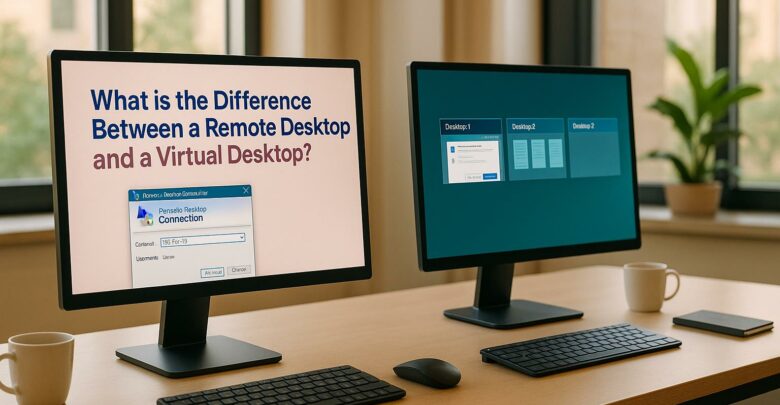
Explore the differences between remote desktops and virtual desktops, their pros and cons, and which solution best suits your business needs.

Learn how cloud latency is affected by data center location, compliance laws, and infrastructure, and discover strategies to enhance performance.
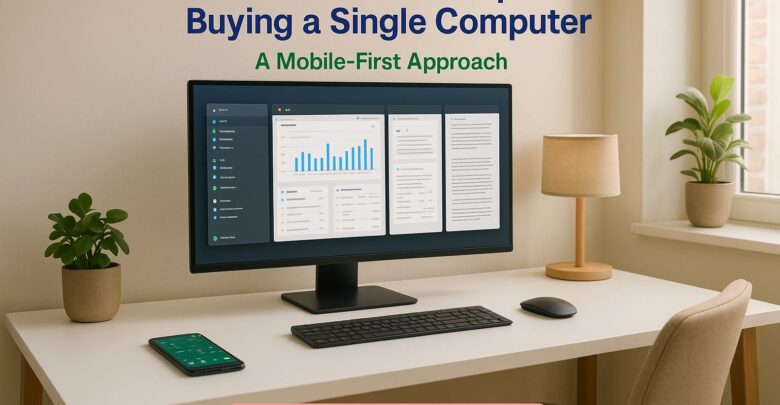
Launch your startup without hefty hardware costs using virtual desktops for flexibility, scalability, and enhanced security.
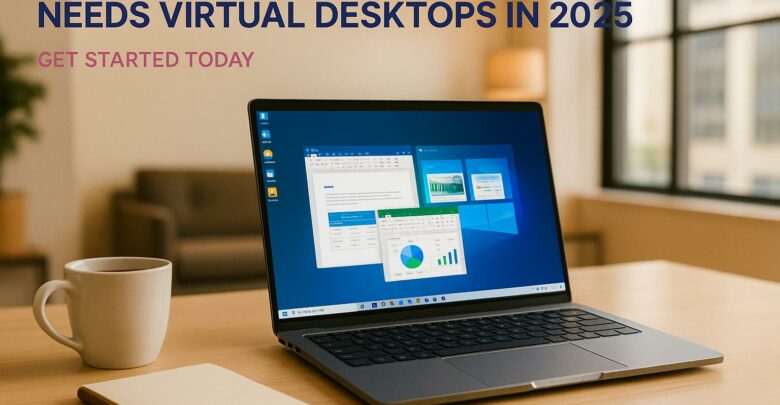
Virtual desktops are essential for small businesses in 2025, reducing costs, enhancing security, and supporting remote work flexibility.

Learn essential strategies to protect sensitive data during cloud migration, ensuring compliance and minimizing security risks.

Explore the differences between on-premises and hybrid VDI, examining their costs, scalability, and security to find the best fit for your business needs.

